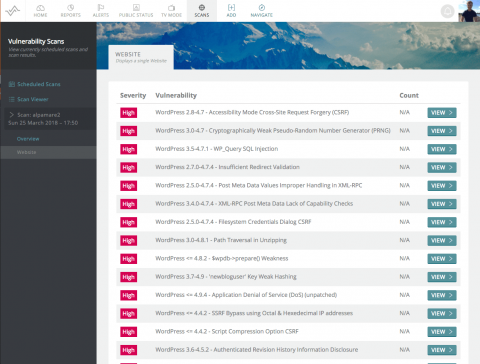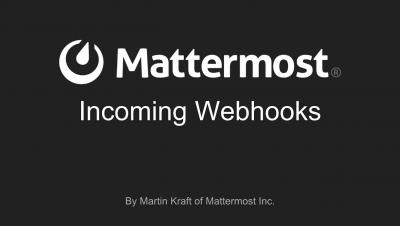Operations | Monitoring | ITSM | DevOps | Cloud
%term
New NiCE Product and Price Structure, Starting May 1st 2018
Unbundling of NiCE license purchase and NiCE support purchase. To be able to plan software budgets easier and more precisely, reseller partners have been asking for a separation between capital costs (CAPEX) and operational costs (OPEX). We listened and are introducing the separation of license price from support price for easier total expenditure calculation for your customers.
Tailor alarm content to your specific needs using Alarm Modifier
DevOps teams use a number of monitoring, project management, log management, and other IT management tools to receive alerts when something’s up. While this helps IT teams keep their system up and running at all times, the content of the alerts sent by some applications might not be relevant or insightful to the technicians who work on those issues. Now, with the Alarm Modifier feature, you can add new fields to an alarm, modify existing fields, rename fields, or remove them altogether.
Release 1.20 - Minor Release
This is a minor release to change some of the wordings in PushMon notifications.
WordPress Security Scanning
With WordPress powering over 30% of the internet and a plugin ecosystem that allows anyone to write software which will execute code on your server, it’s no wonder that it’s become a popular target for hackers. As part of our Vulnerability Scanning service – which already checks for thousands of known software and configuration vulnerabilities for all major software products and operating systems – we now also test over 10,000 known WordPress vulnerabilities.
Incident updates now threaded on Twitter
Automatic Twitter posts from Statuspage incident updates now link together into one Twitter thread. This update applies to Tweets that are posted automatically via the Statuspage Twitter integration.
Incident updates now threaded on Twitter
Automatic Twitter posts from Statuspage incident updates now link together into one Twitter thread. This update applies to Tweets that are posted automatically via the Statuspage Twitter integration.
Mattermost Dev Talk - Incoming Webhooks
Six months in Stride
Since launching Stride into early access last September, we’ve been thrilled by the excitement we’ve seen from the tens of thousands of teams who have adopted it as their communication platform.Now, six months in, we’re sharing an update on how organizations around the world are using Stride to move their work forward.
Monitoring (with) Elasticsearch: A few more circles of hell
This is the second part of our two-part article series devoted to Elasticsearch monitoring. The heading of this article refers to Dante Alighieri’s “Inferno”, in which Dante offers a tour through the nine increasingly terrifying levels of hell. Our journey into Elasticsearch monitoring was also filled with hardships, but we have overcome them and found solutions for each case.









